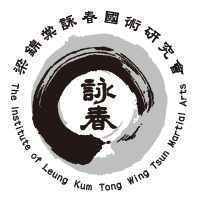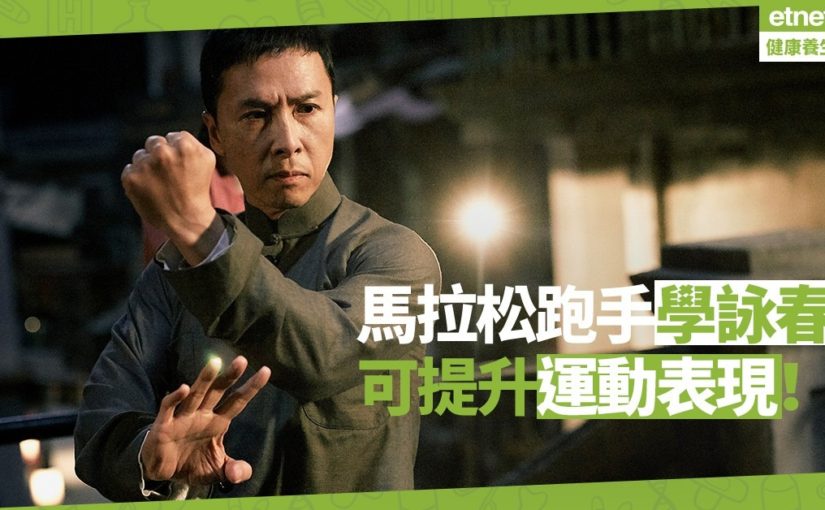作者:馮華添、盧楚仁 (原文載於香港經濟日報)
*Please scroll down for the English version
自7月初開始,我決定轉型以獨立人士身份教授投資課程,以致晚上經常要上課而未能抽身到運動場帶跑,所以便拜託女友Mary幫忙帶跑。當時我靈機一觸,有感於最近社會動盪,再加上Mary已經學習了詠春一段時間,她的師傅梁錦棠先生亦邀請她到黃大仙一間小學幫忙義教一班小朋友學詠春,我便隨即要求她也幫忙在星期二晚上也教跑友們詠春,誰不知反應極度熱烈,一眾跑友就是這樣在運動場上,浩浩蕩蕩認認真真的學習詠春拳起來。
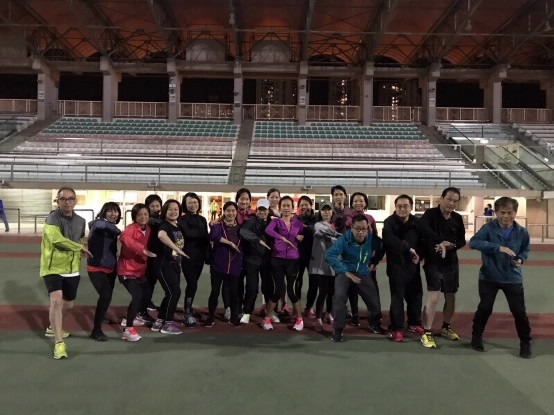
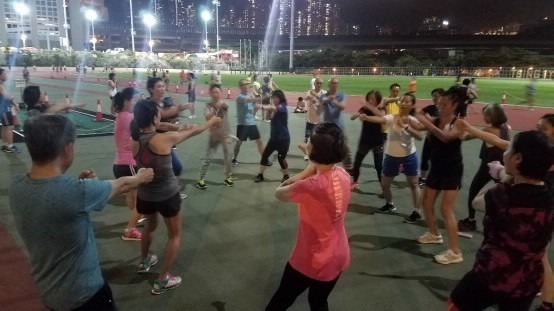
詠春和馬拉松都是強身健體的運動,聽Mary和梁師傅的分享,練習詠春拳有以下不少的好處。
詠春拳是帶氧運動,故大量出汗有排毒作用。詠春拳是自衛搏擊之用,在攻防配合下,適合男女老幼練習。詠春拳更可以柔克剛,以靜制動,以不變應萬變,以中線發勁,以速度為力度,利用槓桿原理以弱制強的拳法。
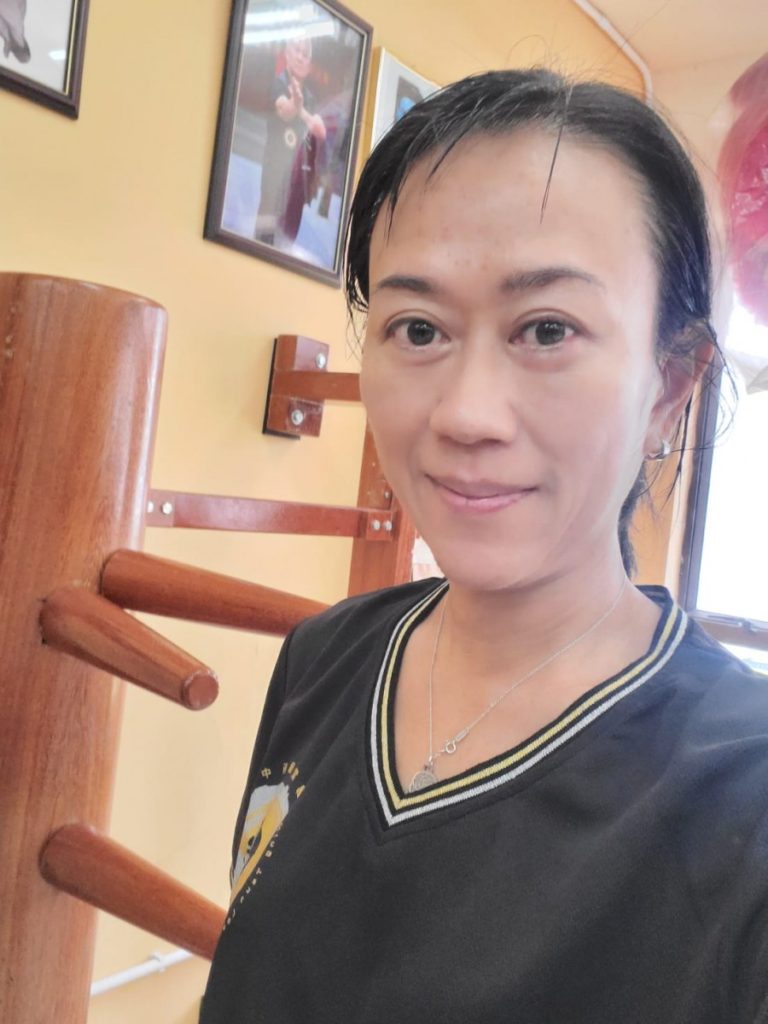
詠春拳套路有三套:1. 小念頭;2. 尋橋;3. 標指。
小念頭
1. 「小念頭」是氣功和站樁功,練習時會引致大量排汗,腿立二字拑羊馬,致氣聚於丹田,可練習耐力、韌力和持久力。全身放鬆,低樁,呼吸時氣聚丹田氣自然。很適合年長者練習,年幼者則能鍛鍊段專注力,適合活躍的小朋友練習。
尋橋
2. 「尋橋」是手與腳,大腦與四肢的協調鍛鍊,手腳互動,用腰發勁,左右兩方滾動和旋轉。故此尋橋功夫是很適合年長者學習,因練習套路拳時需坐後腿,加強四頭肌力,具有防跌功能,四肢和大腦互動,靈活協調,幫助長者肢體平穩一致。
標指
3. 「標指」力貫四指末尖的意思,如箭如矢,專攻對方弱點和要害,故以前宗師說:「標指不出門。」意味著不輕易外傳,因易生危險而致命之故!標指套路是人體所有關節的互動,突顯四肢靈活。
黐手
4. 「黐手」練習,是手與手之間的互動,互相感應而作出反應,出手在短短數秒之間,手法之變異化無限為有限。
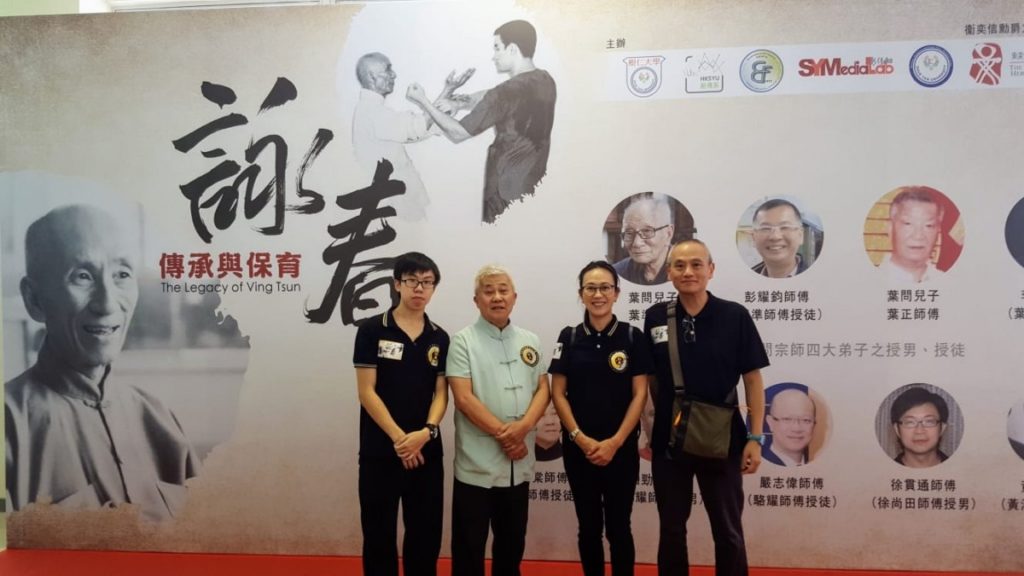
梁錦棠師傅已經教授詠春50年,未來我會和梁師傅做一個人物專訪,希望能夠在下一集和大家分享。
English version:
[MARATHON AND WING TSUN] LEARNING WING TSUN AT THE TSING YI SPORTS GROUND! 3 ROUTINE FORMS FOR CONCENTRATION AND ENDURANCE.
Authors: FUNG Wah Tim & Jasper Lo
In early July 2019, I have been teaching investment courses as an independent person in the evening. I cannot but ask my girlfriend Mary to help me lead the run at the Sports Ground. Suddenly, an idea struck my mind that Mary may teach the runners Wing Tsun on Tuesday evenings since Mary has been learning Wing Tsun for a while and has been teaching Wing Tsun with her master Leung Kum Tong and other volunteers in a primary school in Wong Tai Sin. No one knows that the response is extremely enthusiastic. This is the reason why so many runners on at the Tsing Yi Sports Ground are learning Wing Tsun seriously.

Wing Tsun and Marathon are both physical fitness exercises. According to the dialogue with Mary and Master, there are many advantages of practicing Wing Tsun.

Wing Tsun is an aerobic exercise which has the effect of detoxification by excessive sweating. Wing Tsun is a great skill for self-defense, under the coordination of attack and defense, for men, women, old and young people. Wing Tsun is multiple combat techniques that can overcome the hardness with softness, stop by static force, respond to the changes invariably, exert force with the centerline, gain speed as force, and use lever principle to control the weak and the strong.

There are three sets of Wing Tsun routine form: 1. Siu Nim Tau; 2. Chum Kiu; 3. Biu Tze.
1. Siu Nim Tau
1. Siu Nim Tau is Qigong and standing post skill. When practicing, it will cause a lot of perspiration. The character “two” adduction stance causes the Qi to gather at the Field of Elixir (Dantian) to practice endurance, tenacity, and persistence. The whole body is relaxed, and the legs are low. Qi (gas) gathers at the Field of Elixir (Dantian) when breathing. It is very suitable for the elderly to practice, while the young can exercise their concentration, which is suitable for active children to practice.
Note: Qi translates as “air” and figuratively as “material energy”, “life force”, or “energy flow”. Qi is the central underlying principle in Chinese traditional medicine and in Chinese martial arts. The practice of cultivating and balancing qi is called Qigong.
2. Chum Kiu
2. Chum Kiu is a coordinated exercise of the hands and feet, brain and limbs. Hands and feet interact with each other, making strength with waist, rolling and rotating left and right. Therefore, it is very suitable for the elderly to learn. Because they need to sit on the hind legs and strengthen the quadriceps muscles when practicing routine form, it has the function of preventing falls. The limbs interaction with the brain, they are flexible and coordinated to help the limbs stable and consistent.
3. Biu Tze
3. Biu Tze is the force that channels through the end of the four fingertips, such as arrows, and it focuses on the opponent’s weakness and crucial points. Therefore, the previous master said: ” Biu Tze cannot go out of the door.” It means that it is not easy to spread, and it is fatal because of danger. The standard finger routine is the interaction of all joints of the human body, highlighting the flexibility of limbs.
4. Chi Sau is the interaction between hands, which reacts with each other through mutual induction. The variety of hand techniques is limited in a few seconds.
Master Leung Kum Tong has been teaching Wing Tsun for 50 years. I will interview Master Leung in the future and share it with you in the next episode.

